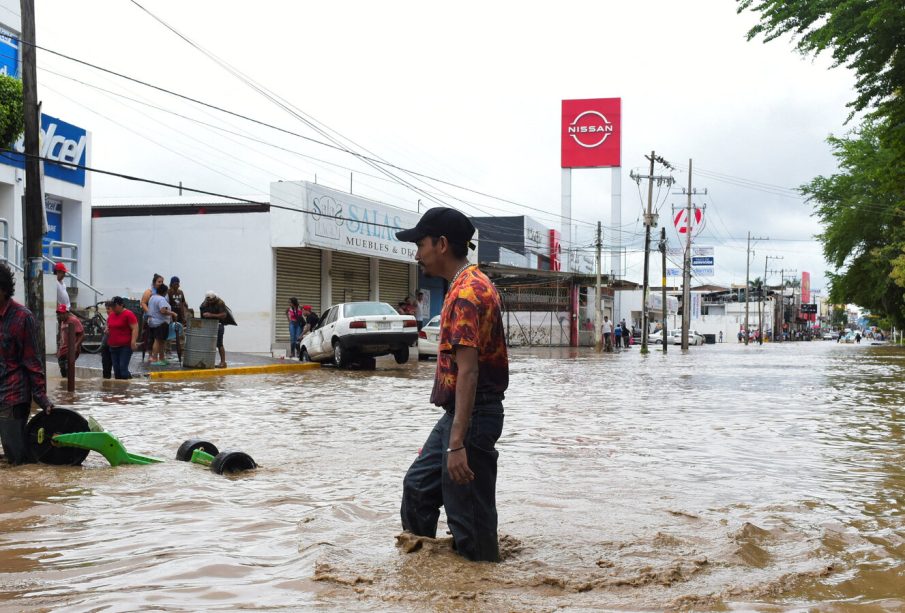Understanding the Current Flooding Crisis in Mexico

Introduction
In recent weeks, Mexico has faced devastating flooding due to a combination of heavy rainfall and tropical storms. This natural disaster has led to substantial damage across multiple states, highlighting not only the severe impact of extreme weather but also the pressing need for improved disaster preparedness and response strategies. As climate change continues to exacerbate weather patterns, understanding the situation becomes crucial for better managing future crises.
Current Situation
According to the National Meteorological Service of Mexico, several regions, including Veracruz, Puebla, and Tabasco, have experienced torrential downpours, leading to swollen rivers and flash floods. Reports indicate that over 10,000 residents have been evacuated from their homes in response to the rising water levels. Local authorities are working around the clock to provide shelter and aid to those affected. In total, many areas are grappling with the aftermath of the floods, which have not only inundated homes but also disrupted essential services, including electricity and clean water supply.
Government Response
The Mexican government has mobilized emergency services to assist in rescue operations and aid distribution. Emergency shelters have been set up in schools and community centers, providing temporary refuge for those displaced by the floods. President Andrés Manuel López Obrador has emphasized the need for immediate support and has promised financial aid to help those affected rebuild their lives. International assistance has also been requested as the situation continues to unfold.
Long-Term Implications
Experts warn that flooding in Mexico may become more frequent due to climate change, emphasizing the need for a robust infrastructure capable of handling severe weather events. The recent flooding serves as a stark reminder of Mexico’s vulnerability to natural disasters, prompting governmental and community leaders to reevaluate their disaster preparedness plans.
Conclusion
As recovery efforts proceed, it’s essential for citizens and local officials to stay informed and engaged. The ongoing flooding crisis in Mexico underscores the importance of collaborative action to mitigate the impacts of future disasters. With climate models predicting increased frequency of heavy rainfall, investing in resilient infrastructure and preparedness initiatives will be vital for safeguarding communities and reducing vulnerability in the years to come.









